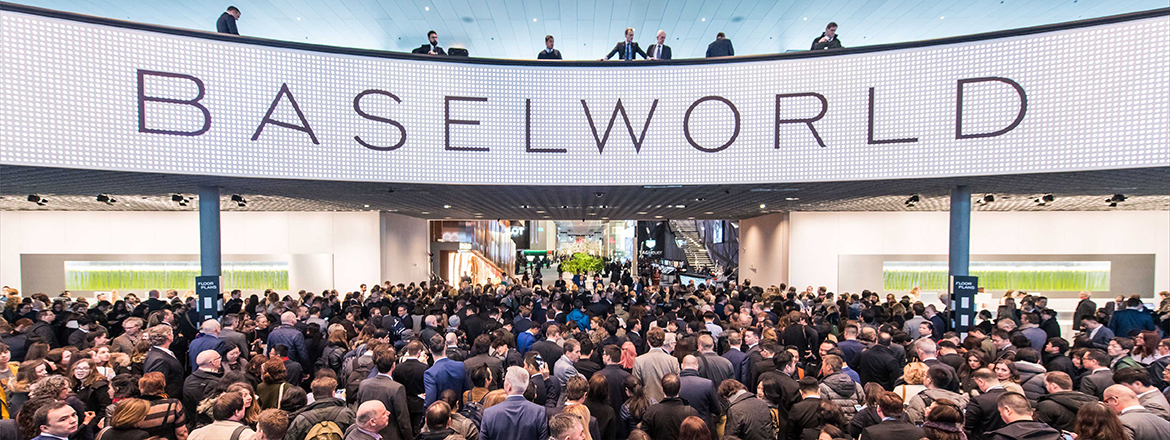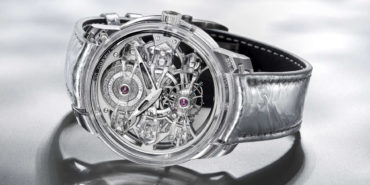Events • 07 Jul 2018
Watch Trade Fairs in a Digital World
One of the most important steps in making a luxury watch purchase is examining and admiring the timepiece with your own hands and eyes. Even if you as a consumer are convinced enough to purchase something before you actually see it, which happens quite regularly these days with the internet, it is the hands-on experience that actually validates a sale, even if that validation happens after the sale with an online purchase. I say all this as an opening to a simple discussion of how watch trade fairs need to adapt in a world of rapidly changing digital media, and evolving consumer behavior, even in a context of a very traditional art form.
In addition to the two major trade fairs that occur each year, name SIHH and Baselworld, major markets around the world are peppered with smaller or more niche supplementary events, often geared solely towards consumers. The original intent of such trade shows – Baselworld was the very first – was to introduce new products to retailers, and to a lesser extent the media, who then purchase new products wholesale in order to retail them to consumers.
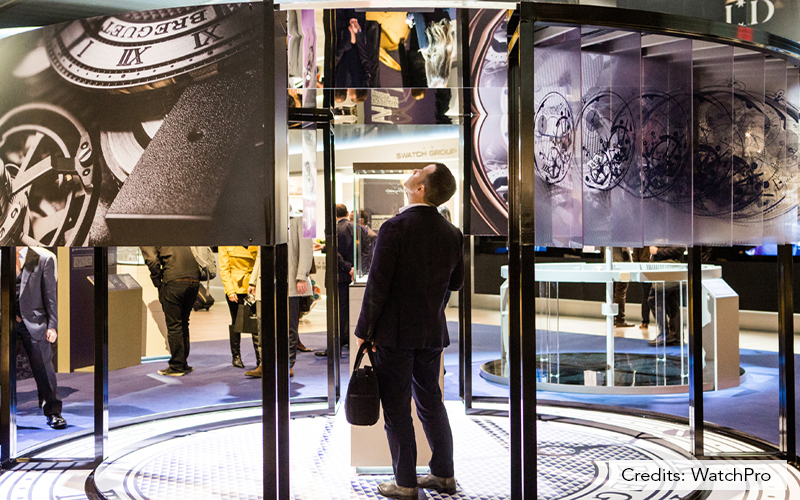
This rationale for trade shows dominated until the mid-2000s, when the industry started to notice a major change: retailers no longer strongly influenced consumer demand with the watches they chose to stock, and instead consumers were learning about products from platforms outside of retail stores. Thus, the massively expensive trade shows started eroding in importance as major retailers no longer controlled consumer demand, changing the balance of power in the distribution of many of the world’s fine timepieces.
The new model of shaping consumer demand in a digital world leaves retailers in a precarious position. They no longer inform or influence consumers in a way they once did, when a buyer would walk into a shop and be swayed by the well-informed sales person backed up by a well-stocked store. Retailers today spend more time considering what consumers currently want, and then attempt to satisfy demand versus create it.
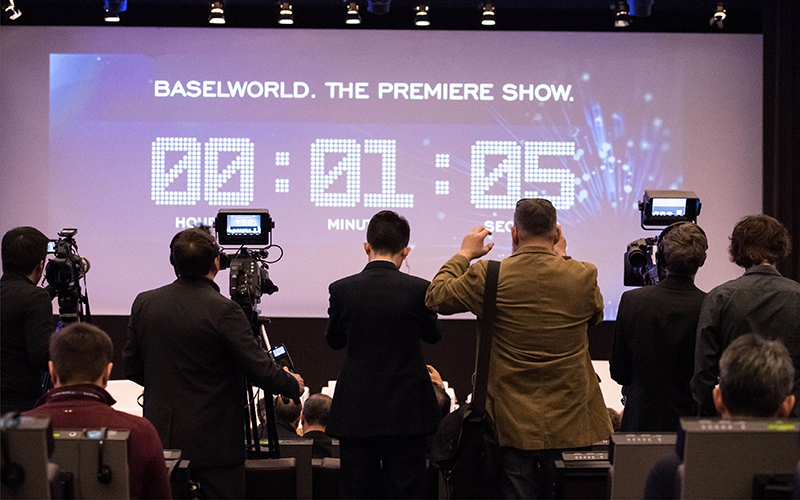
Shops which stock the most desirable luxury brands also have less power than ever to control what stock they are able to purchase from the brands. Whereas in the not too distant past a retailer might have some say in the models they wanted to carry, today Rolex, Patek Philippe and other desirable brands merely inform retailers of their “allocation”, meaning the brands decide what inventory retailers get. The implication is that retailers need the brands more than the brands need the retailers, a fact compounded by the fact that many brands also own their own boutiques. What it also means is that retailers have less incentive to travel to trade shows that are often far from home, requiring a significant commitment of time, money and personnel.
In world where consumers learn about products from digital media and where retailers control distribution far less than in the past, the traditional role of the watch industry trade show has rapidly diminished in value – a regrettable fact to many. With so many wristwatch offerings available, it can prove frustratingly challenging to understand, let alone merely be aware, of all the developments in the world of timepieces, something that a trade show makes easier by putting everything in one place.
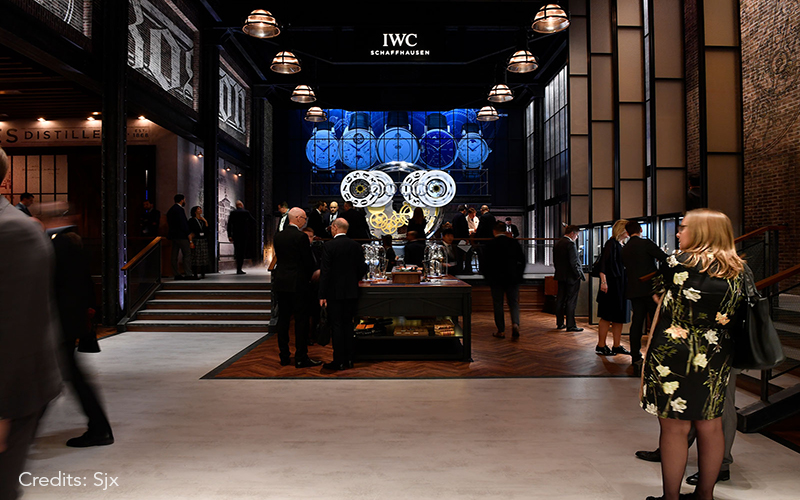
So the question on many people’s minds is about the future of the trade shows. I recall a few years ago seeing the rise and rapid fall of virtual trade shows in other industries. Some trade shows attempted to go entirely digital, by building a virtual event floor with companies showing their wares. While the idea had some logic behind it, it ultimately failed because of a lack of participation by exhibitors and buyers. It turns out that if you aren’t actually in front of someone or actually touching something – the effect of being at a trade show is almost entirely negated. Thus, the human element of doing business and tangible experience of seeing products is not easily translated into an internet or digital experience. When it comes to watch trade shows, the key takeaway is the same – the experience itself matters.
The biggest role of today’s watch fairs is the ability for consumers and the media (today it includes the simplistically labelled “influencers”) to see the products, and either make purchase decisions for themselves, or to share what they see with their audience. In a nutshell, the role of watch trade shows has shifted from being primary about servicing the needs of retailers to servicing the needs of consumers and media. That being said, the trade show organisers themselves often don’t fully understand this, or have not yet implemented policies to make their shows suited to the new reality.
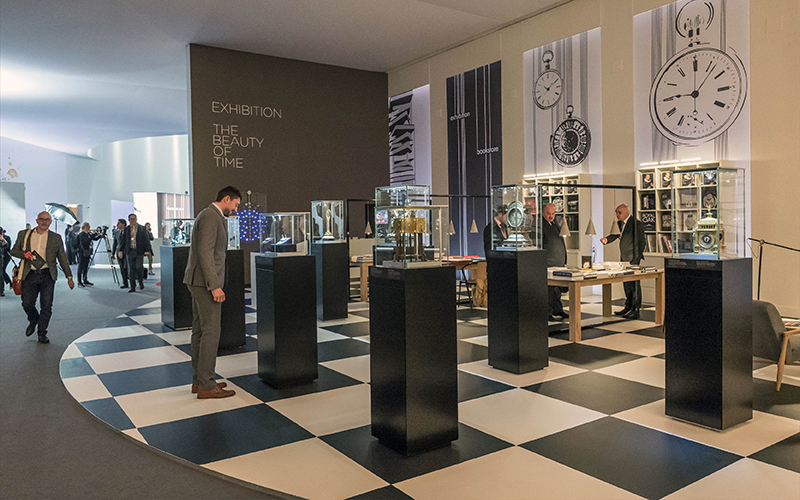
As a result, too many consumers are not even able to attend the biggest trade shows due to location, cost or infrastructure, or have a poor experience once they are there. Media are often welcome to attend the shows but incur high costs to participate – accommodation and food costs are often inflated to a preposterous degree – and are left to their own devices in covering the show. Even basic facilities like a speedy Wi-Fi connection – for both downloads and uploads – are absent from the biggest watch trade shows.
The misalignment between what watch trade shows should be doing and what they are doing means the biggest losers are the brands who pay large sums to participate, the media who invest in attending with little hope of recouping costs, and the consumers who want to go but find it difficult to do so.
The good news is that other industries outside of the watch world – think electronics or automobiles – have more or less figured out how to operate a trade show in a digital age. The focus of these shows is far less on attracting retailers and more on attracting end consumers, and more importantly, media of all kinds. This latter group of entities now include everything from individually run YouTube channels to mainstream newspapers that actually do most of the “selling” to consumers.
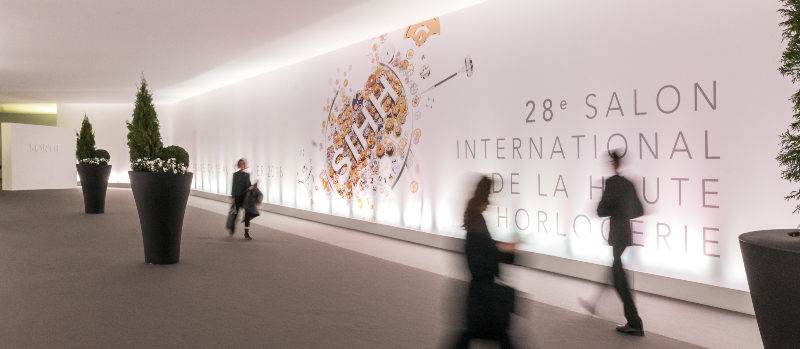
In summary, trade shows aren’t going digital anytime soon because the core experience of seeing products needs to be tangible, and doing business as a retailer needs to be personal. The information which is produced as a result of the tradeshow is however digital, and the tradeshows as well as the paying exhibitors needs to ensure that media of all types are able to produce their content and share it with the world.
Retailers are important, but they serve the needs of the consumers who themselves are directed by the media. Traditional watch industry trade shows need to adapt and invest in new strategies quickly or easily face being increasingly obsolete and inefficient to the people they are meant to serve.



